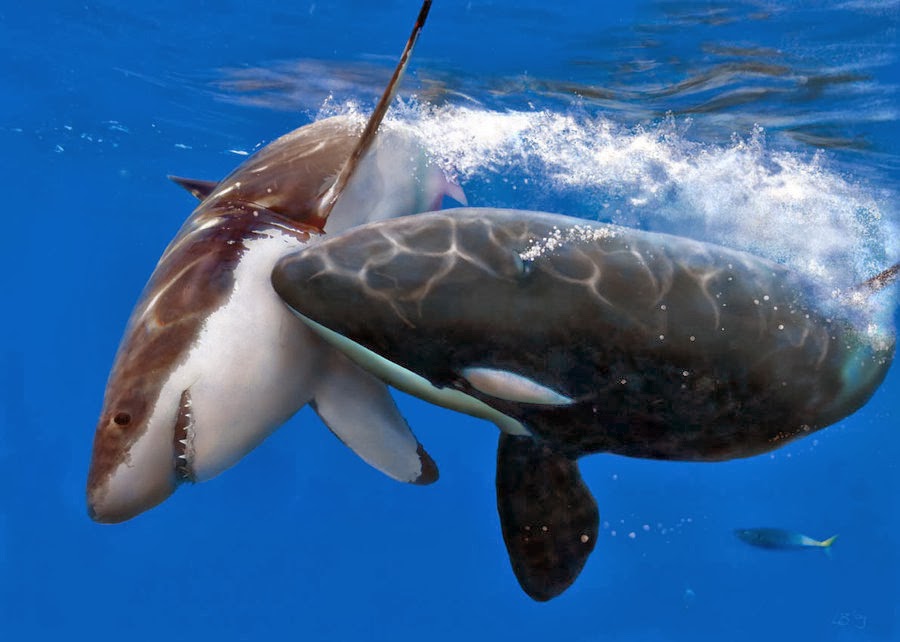
The ship's low-frequency sound emissions have shown in earlier studies to affect the whale's environment, but the higher frequencies created much noise pollution.
Sounds produced underwater from ships, oil tankers, and cargo ships are snuffing out communications between endangered orcas of the Pacific Northwest making it more difficult for them to find food to survive in a report published in Yahoo News. “These ships are not only prevalent, but quite loud compared to other sources of noise in the ocean,” said oceanographer Scott Veirs, the lead author of a new study published Tuesday in the journal PeerJ. “Ships are dominating the soundscape.”
Utilizing underwater sonic technology, researchers analyzed emitted sounds from 1,582 carrier ships, mostly commercial vessels, on 2,812 trips through Haro Strait, a waterway positioned west of Limekiln State Park on Washington state’s San Juan Island. They compared the recordings to particular ships in the area using Cost Guard tracking information. Approximately 20 container, cargo, military, and other massive barges sail through Haro Strait daily heading for the Port of Vancouver in British Columbia, the same route for the 88 critically endangered Southern killer whales, which rely on Chinook salmon as their primary food source.
The ship’s low-frequency sound emissions have shown in earlier studies to affect the whale’s environment, but the higher frequencies created much noise pollution that drown out those same frequencies whales use to detect the salmon food source. “The most subtle sound they are probably trying to hear is the sound of their echolocation clicks bouncing off a salmon,” Veirs said. “Like bats, they’re listening for very faint echo from their prey.”
Not only are the frequencies affecting the whales, but they’re also endangering the Chinook salmon directly impacting local residents’ and local fisheries. Viers adds, from an orca’s point of view, the vessels create “a persistent source of loud noise, like highway noise in your neighborhood, or trying to have a conversation in a room with the vacuum cleaner on.”
But the same frequency pollution wasn’t uniform across all variations of ships. Container ships produced the loudest as military vessels were among the softest. Moreover, the differentiation in the produced sound frequencies offers potential solutions. For instance, despite container ships being the loudest, they’re also the swiftest-moving; in other words, simply slowing down the ship’s speed would reduce the affects.
In terms of the low noise spectrum of ships, Viers said, “there’s an implication there that the military has employed ship-quieting technologies that could be useful in the commercial sector. I know NOAA”—the National Oceanic and Atmospheric Administration—“has had a couple conferences on this subject, of transferring ship-quieting technologies.”
As for the varying range of sound produced by ships within a particular subset “suggests that if you quieted the loudest 10 percent of the ships, you could reduce the median level of noise for the whole class of ships,” he explained. “From a fleet owners’ perspective, it might be that the older ships, or the less well-maintained ships.”
Following trials will involve how to better understand the noise levels and their impact generally within the Pacific Northwest. “As an endangered species, the killer whales will be at the top of our list,” Viers observed. “But we also want to look at fish, invertebrates, and the many other marine mammals we have. Some of them are also high-frequency specialists, such as white-sided dolphins and Dall’s porpoise.”

Leave a Reply